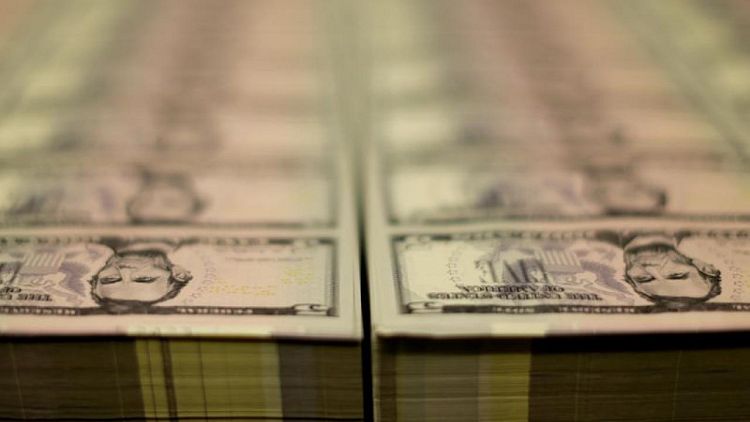By Jonnelle Marte and Ann Saphir
-U.S. household wealth jumped to a new high of $141.7 trillion at the end of June, a report from the Federal Reserve showed on Thursday, boosted by stock market gains and a pandemic-induced real-estate boom.
Soaring equity markets fueled the increase in overall wealth, adding $3.5 trillion to household assets in the second quarter - a period in which the S&P 500 saw a total return of just over 8.5% after factoring in reinvested dividends.
Rising real estate values added around $1.2 trillion, according to the U.S. central bank's latest quarterly report https://www.federalreserve.gov/releases/z1 on household, business and government financial accounts.
Overall U.S. household wealth rose by $5.9 trillion from the first quarter.
The amount held in household savings deposits fell to $10.6 trillion in the second quarter from $10.8 trillion in the first quarter. Balances in checking accounts rose to $3.6 trillion from $3.3 trillion in the first quarter, the report showed.
The latest snapshot of U.S. household wealth and how it has grown over the coronavirus pandemic shows just how unique the downturn has proven to be. With the help of unparalleled monetary and fiscal policy responses that fortified personal balance sheets and sent asset prices soaring, household wealth has rocketed by $31 trillion - 28% - since the first quarter of 2020, an unprecedented increase.
Much of the support offered to households, including enhanced unemployment benefits or mortgage forbearance, has either ended or will be expiring in the coming months, just as a resurgence in COVID-19 infections is hurting some vulnerable sectors and slowing job growth.
The report showed that household debt grew at an annualized rate of 7.9% in the second quarter, compared to 6.7% in the first quarter.
Non-financial business borrowing rose at a slower annualized rate of 1.4%, compared to 4.3% in the first quarter.
And government borrowing increased at an annualized rate of 9.6%, up from 9.0% the previous quarter.



